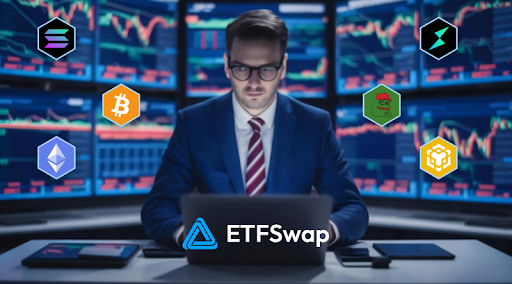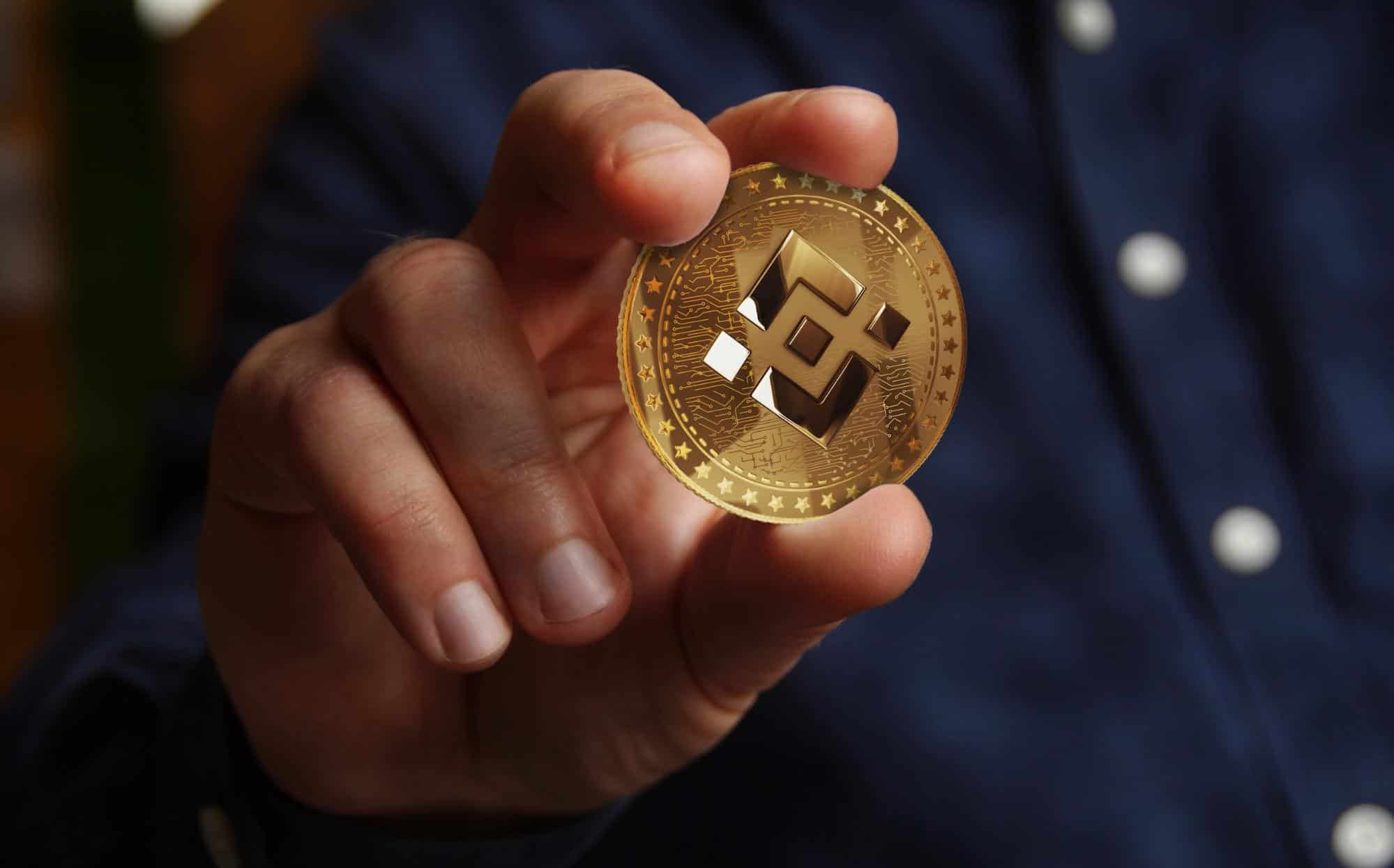Reflecting on the trends that shaped the digital landscape this year, particularly in the realm of non-fungible tokens (NFTs), you can witness an industry that’s in constant flux. The way people interact with and perceive assets has changed significantly, from the moment people moved from the traditional live blackjack tables to trading digital artwork. You could have seen digital collectibles soar in popularity, transform art ownership and even impact the online gaming sector.
Breakout stars of the year: NFTs that captured the market’s attention
This year has been stellar for NFTs that broke through the virtual ceiling. High-profile collaborations, often featuring celebrities and well-known artists, injected a new level of excitement into the marketplace. Watching the genre-defining artwork and innovative utilities captivated fans and collectors alike, providing not just ownership but experiences. Some NFT drops became the center of attention overnight, driven by their rarity and the prestige of their creators.
Diving deep into an exploration of NFTs
The allure of owning a piece of unique digital art continued to drive the collector’s market for NFTs worldwide. With new artists entering the space and offering diverse perspectives, the spectrum of available NFTs broadened remarkably. These digital tokens also paved the way for the creation of virtual communities, where exclusive access to events and content further fueled the desirability of prominent NFT series. As a result, certain NFT projects became trendsetters, paving the way for subsequent creators and encouraging a wave of innovation in the digital asset space.
The landscape of NFTs continues to evolve, drawing inspiration from various cultural moments and internet phenomena. This year, you could have seen NFT projects that tapped into the pulse of the zeitgeist, offering not just art, but a reflection of the times. The dialogue about digital asset significance extended into how these assets represent an era, a mood, or a movement, granting them additional layers of value and meaning beyond their visual appeal or technical complexity.
Technology enhancements driving NFT accessibility
Considerable strides in blockchain technology this past year have made NFT transactions more secure and, crucially, more accessible to the everyday user. Platforms evolve to become more intuitive, inviting those not familiar with blockchain tech to participate. Moreover, with the integration of NFT marketplaces into mobile apps, the door swung wide open for a broader demographic to join the NFT community, marking 2023 as a year of mass digital asset adoption.
Advancements in scalability solutions, such as Layer 2 networks, have significantly reduced the carbon footprint associated with NFT transactions. These technical enhancements not only brought down gas fees, making transactions cheaper for users but also addressed some of the environmental concerns. Additionally, cross-chain functionality has expanded the reach of NFTs, allowing creators and collectors to seamlessly operate across different blockchain networks, further facilitating inclusion and diversity within the ecosystem.
The changing face of asset ownership and provenance
The dialogue surrounding ownership and provenance has shifted dramatically with the rise of NFTs online. The immutable nature of blockchain provides a clear trail of ownership that’s appealing to collectors and investors. You can observe a cultural shift where digital ownership is beginning to hold as much, if not more, significance as the possession of physical works, leading to adaptations in legal frameworks to accommodate this new class of assets.
In the wake of this digital renaissance, the concept of ‘digital twins’ has gained attention. Items of value in the physical world are beginning to be paired with NFTs to reflect and verify their ownership and history. This phenomenon has introduced an innovative dichotomy in asset tracking and verification, proving that the physical and digital realms can co-exist and complement each other. This trend has cemented NFTs as a pivotal tool in the future of asset management and authentication.
Integration of NFTs in gaming and virtual betting worlds
The fusion of NFTs with interactive gaming brought a novel dimension to virtual betting and gaming this year. Innovative gaming platforms allowed players to bet using NFTs as currency, offering a thrilling twist on classic games. Moreover, the emergence of virtual tournaments where competitors could win exclusive NFT prizes showcased the seamless incorporation of these digital assets into entertainment platforms, suggesting a future where gaming and NFTs are inextricably linked.
Personalization became a significant theme in the integration of NFTs within gaming platforms in 2023. NFTs provided players with unique avatars, skins and in-game assets, opening up monetization strategies for developers and offering gamers an unprecedented level of control over their gaming experience. These digital assets became status symbols within the gaming community and represented a fusion of identity, property and investment.
NFT market dynamics: a deeper dive into buying and selling trends
Analyzing the NFT market this year presents a fascinating narrative of ebb and flow in pricing and demand. Various factors influenced sales, but none more so than the idea of digital scarcity and community endorsement. The demographic of buyers expanded, with a noticeable uptick in younger collectors entering the market. Auction houses and online galleries, traditionally the bastion of physical art, played a significant role in curating and promoting NFTs.
The evolving narrative of art and digitization
Art has undergone a redefinition in the age of NFTs. This year, an increasing number of digital artists have found recognition, with their works appreciated similarly to those in conventional galleries. This is not without its controversies, but the critical response and public adoption indicate an art world that’s expanding its boundaries to include digital formats as legitimate, collectible media.
Predicting the future: what’s next for NFTs after 2023?
Looking forward, industry experts are pointing towards a horizon brimming with potential for NFTs. With emerging technologies like AI and AR poised to intersect with NFTs, you might soon see new forms of digital assets come to life. However, questions surrounding the sustainability of NFTs continue to circulate, challenging creators and technologists to consider how green technology can be implemented within this exciting digital space.
Conclusion
A year of redefined art, technological advancements and new entertainment paradigms; 2023 has set the stage for the continuous evolution of the NFT market. From the excitement of bidding on unique digital pieces to enjoying the seamless blend of NFTs with virtual games, the digitalization of our entertainment and assets seems boundless. Closing this chapter, you remain on the cusp of a digital revolution that is still unfolding, promising an even more intertwined future for digital assets and online gaming. The journey promises to be as unpredictable as it is exhilarating.
All investment/financial opinions expressed by NFTevening.com are not recommendations.
This article is educational material.
As always, make your own research prior to making any kind of investment.
Credit: Source link



























